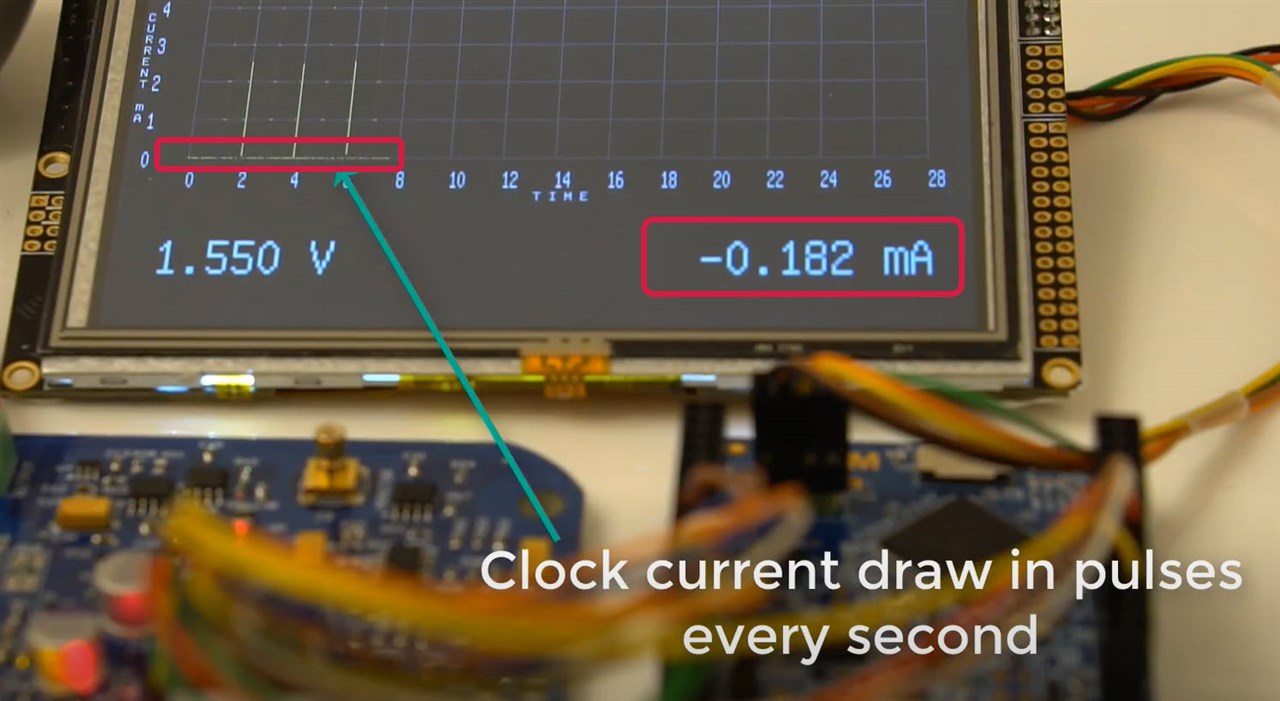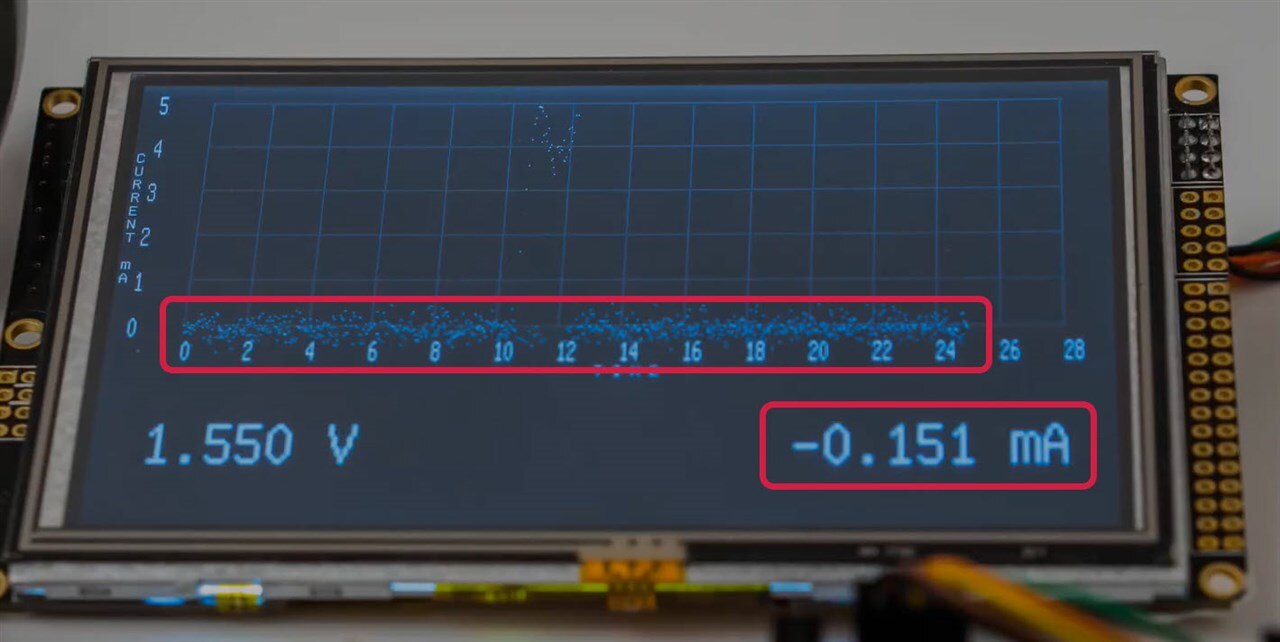Hi all,
I am currently working on an Arduino project which requires me to data log the current produced and study the current trend.
Some requirements are :
DC current up to 1A
1 - 5 seconds data logging of current data
Resolution of 0.1mA
Power no limit
Can anyone let me know which parts I need to form this set up to record the current produced ?


